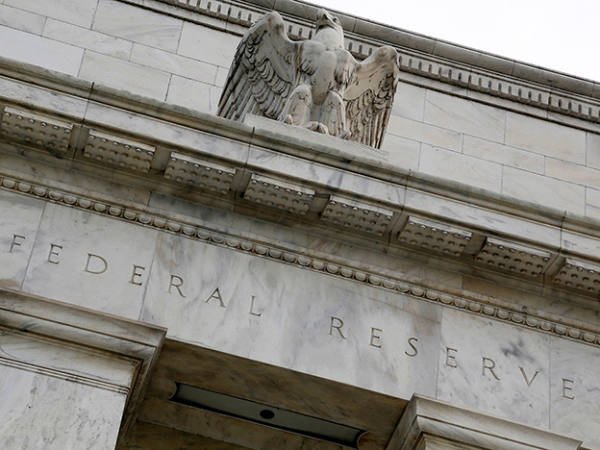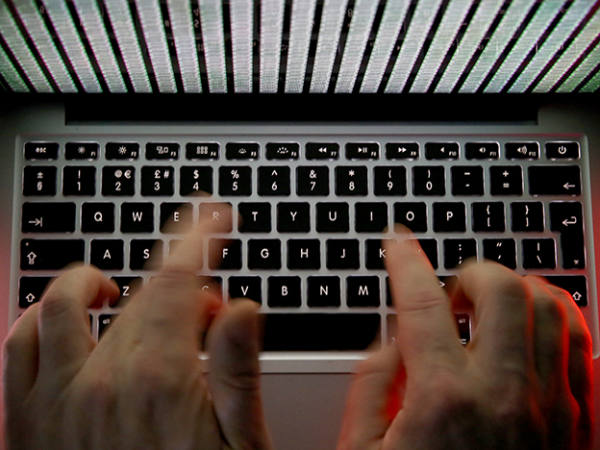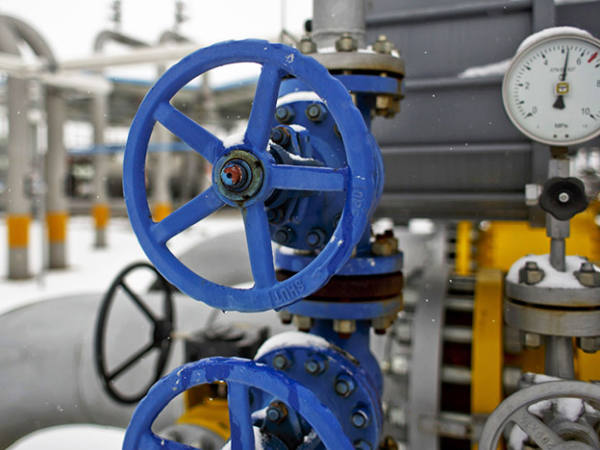Global equity prices could move a lot next Friday. And whether they do or don’t, it will tell us not just about the world economy, but about what causes equity volatility.
I say this because the Bureau of Labor Statistics will then publish its latest estimate of US wage inflation. This matters, because it was last month’s data – showing a rise in annual wage growth to 2.9 per cent, its highest since 2009 – which is widely regarded as the trigger for the big drop in share prices.
You might imagine, therefore, that if the BLS reports a drop in wage growth then shares will bounce back massively as fears of higher inflation and interest rates recede.
This, though, is not certain – even assuming (which isn’t assured) that we get such a fall. The reason for this lies in the theory of endogenous uncertainty, proposed by Stanford University’s Mordecai Kurz.
This starts from the fact that rational people have different beliefs even when they have the same information: this might seem trivial, but it conflicts with both 'representative agent' models and with behavioural finance. Share prices change as the distribution of these beliefs change. This can happen not just because the facts change but also because individual traders change the probabilities they subjectively apply to different beliefs.
Let’s apply this to the current US situation. First, we have competing theories. One is that we are around or below that level of unemployment which drives up wage growth. The other is that wage growth can stay low because of structural changes in the US economy such as companies greater bargaining power or more globalised labour markets.
Secondly, let’s say wage inflation does fall next week. We have competing interpretations of this. One could be that the new data is a rogue number – just noise – and that the trend is upwards. The other is that the 2.9 per cent rate last month was the outlier and that the lower figure is more representative of reality.
The more weight that traders attach to the first of these ideas in both cases, the worse it is for share prices.
And here’s the problem. Uncertainty arises not just from the economic facts but from how you believe others will regard those facts. You might think the outlook for inflation is benign. But this won’t justify you buying unless you expect others to come round to that view. This is what Professor Kurz means by endogenous uncertainty: uncertainty arises from others’ beliefs, not just from the macroeconomic facts.
Even if last month’s rise in wage growth is reversed, the fall in share prices might not be. That rise triggered increased fears among traders either that wage inflation is about to rise or that others will fear it will. Those fears need not disappear because of one month’s good figures. To put this another way, last month’s wage data shifted the distribution of beliefs from confidence in non-inflationary growth to less confidence – or indeed, the distribution of beliefs about beliefs. The distribution need not shift fully back.
Conversely, there’s a danger that if next week’s figures give us a high number for wage growth then shares will drop a lot as confidence hardens around the pessimistic view that inflation and interest rates will both rise.
In this sense, we face a potential asymmetry: a good number might do less good for equities than a bad one will do damage*.
This sort of reasoning helps explain both high volatility and the tendency for volatility to feed on itself, with low volatility leading to low volatility and high to high.
Let’s take a simple example. Imagine two possible scenarios for the FTSE 100. One has the index at 8500 – which it might be if we see continued non-inflationary growth. The other has it at 5500, which it might be if higher inflation and interest rates trigger fears of a recession or of a flight out of equities into higher-yielding cash.
If traders on average attach a 75 per cent chance to the first probability and 25 per cent to the second, the FTSE 100 will be at 7750: (0.75 x 8500) + (0.25 x 5500). If, however, the probabilities fall to 65 and 35 per cent, the index will fall to 7450. We’ll get a 4 per cent drop in the market even though traders continue to believe on average that the benign scenario is most likely.
What’s more, once we get news that weakens our confidence in a particular scenario – as we did with last month’s wage data – these probabilities will continue to shift a lot as traders try to anticipate what other traders will believe the probabilities to be. The upshot will be continued volatility.
Now, I’ve taken a very simple example. In the real world there are whole distributions of scenarios and beliefs not just about them, but about others’ beliefs in them, and beliefs about beliefs and so on. This example, though, captures the key fact – that volatility can emerge not just from real economic news, nor from investors’ irrationality, but from reasonable people groping for a sense of others’ probabilities in an uncertain world.
Maybe in the long run share prices converge towards economic reality. In the short term, though, it need not be so. And, of course, real life is merely a sequence of short terms.
*Actually, there’s a complication here. Prices now might be low to reflect just this risk. If so, we might get a big jump on good data as this risk premium pays off.











